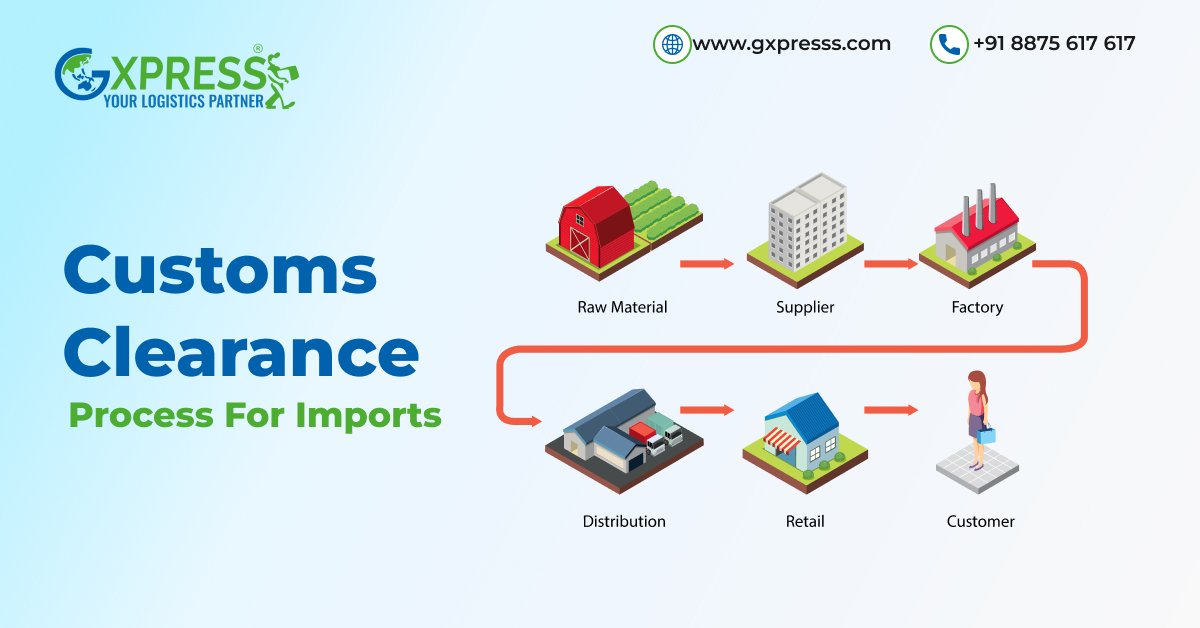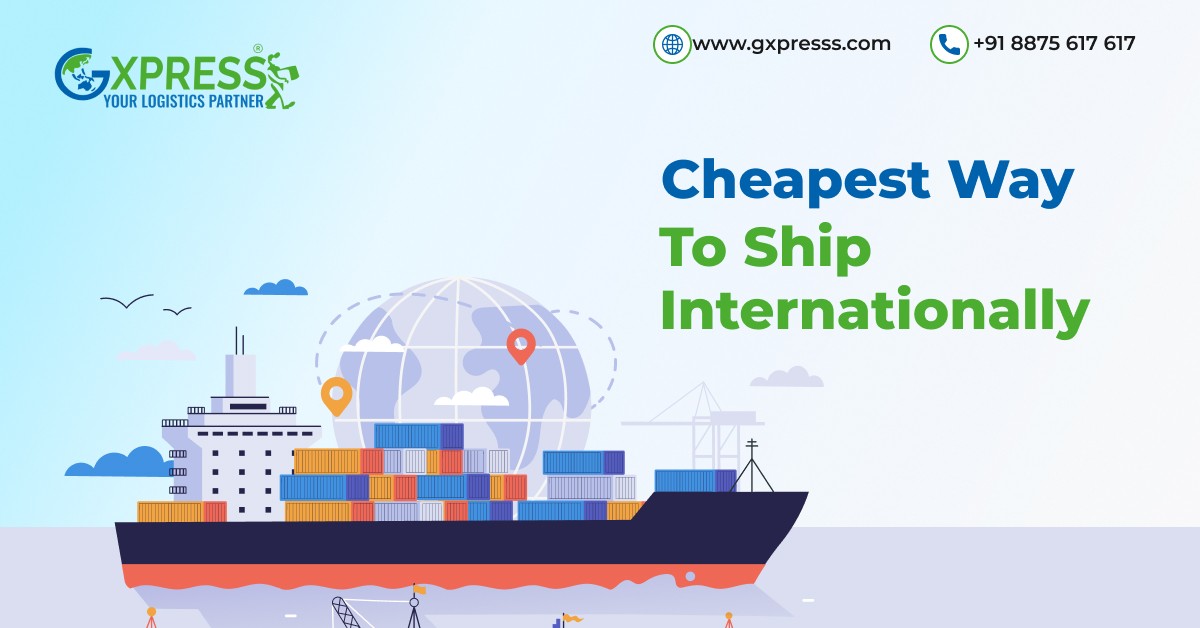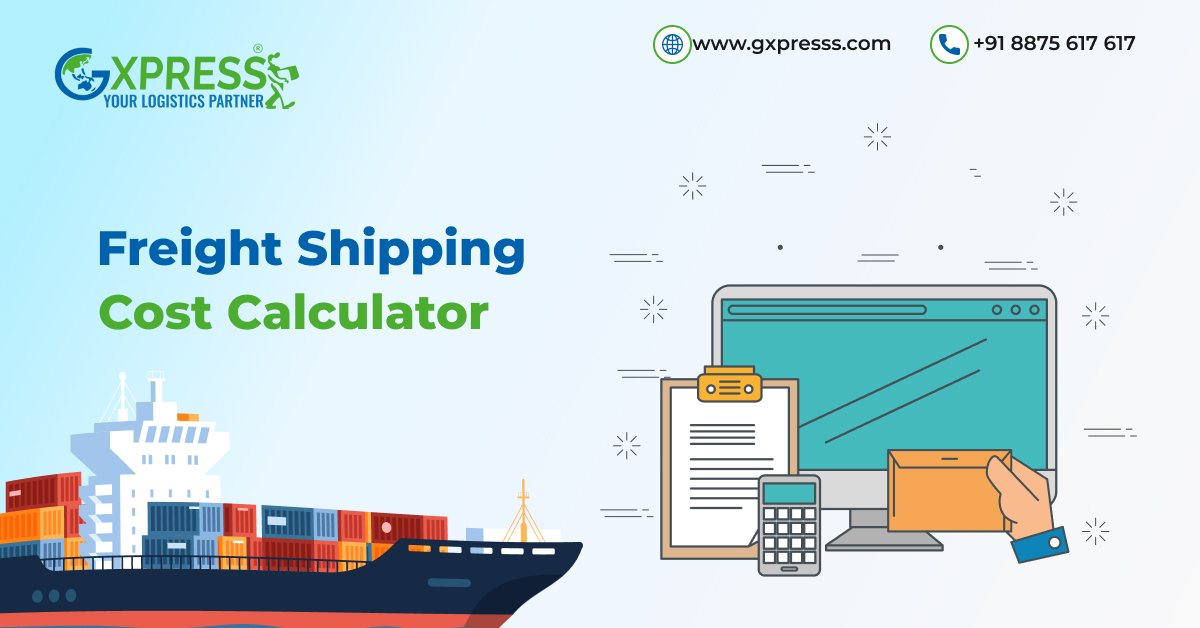August 26, 2025Freight7 min readBy Admin
Future of Trade Agreements: How Regional Blocs and FTAs Are Reshaping Global Logistics
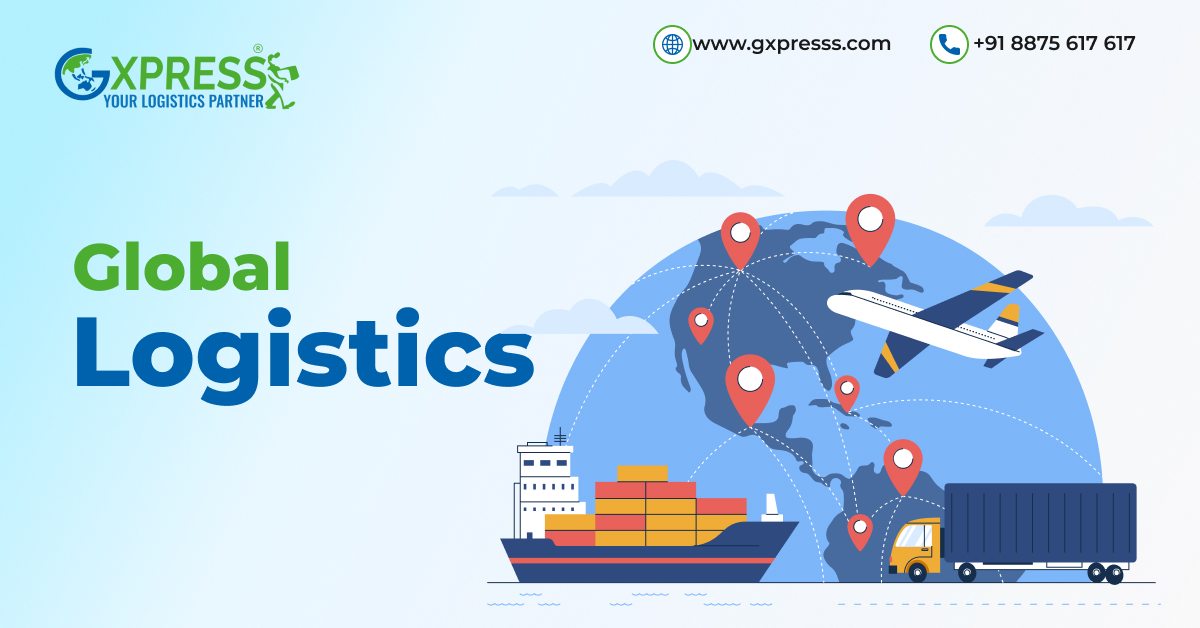
Global logistics is always about connections between people, businesses, and nations. Depending on the mutual agreements behind individual arrangements, the rules have changed for global trade in recent times. These may be bilateral free trade agreements or regional concepts like the European Union (EU), ASEAN, or the AfCFTA. These trade frameworks are changing trade as well as changing the concept of trade.
The future of logistics will depend on how these agreements develop. To understand our direction, we need to first examine what’s happening now.
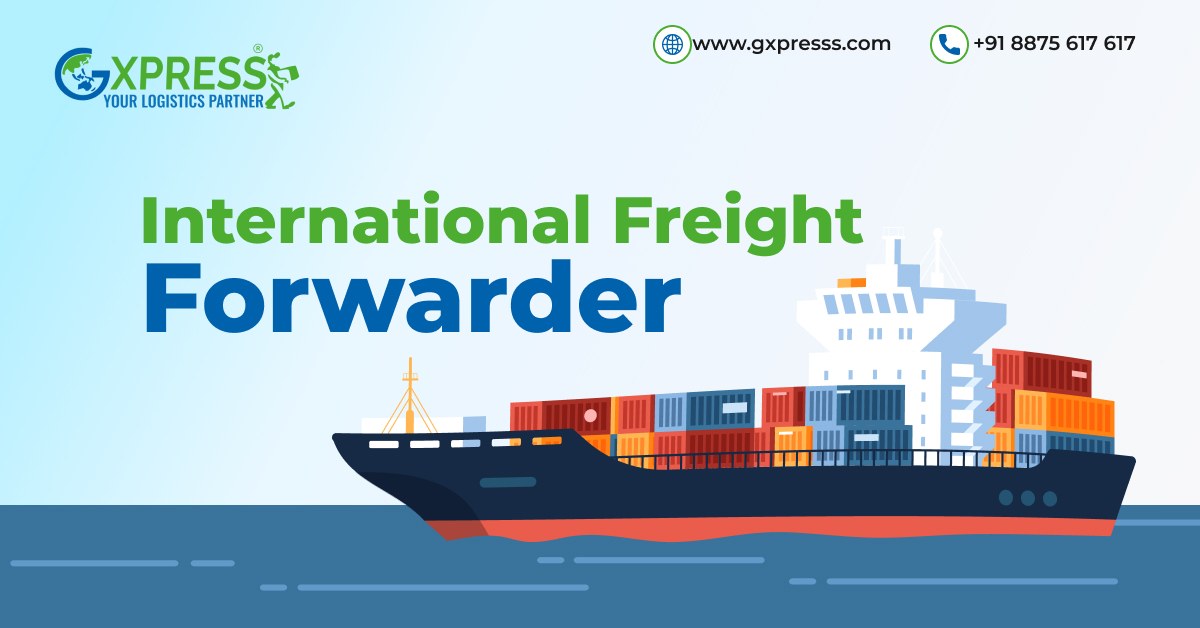
The Shifting Landscape of Trade Agreements
Global trade can be treated as a vast highway system. Each country will have its own entry gates that include tariffs, customs rules, and quotas. Trade agreements are then like special passes for certain vehicles that help their passage through certain routes a little faster, meaning businesses can avoid long detours and costs and move faster at less expense. In more traditional terms, it might be said that the WTO acts as the global referee of trade. Multilateral negotiations, however, have been blocked in recent years; hence, smaller and more fluid arrangements are preferred by nations and regions. This change has led to the ensuing rise of regional blocs and bilateral free trade agreements (FTAs). Examples include: The RCEP among Asia-Pacific countries covers almost one-third of the world's population. The US-Mexico-Canada Agreement (USMCA) replaced NAFTA and modernized North American trade. The African Continental Free Trade Area (AfCFTA) aims to unify fifty-four African nations under a single market. Hence, such changes are not metaphysical to logistics; they actually affect routes, costs, or competitiveness.Why Global Logistics is the Heart of Trade
Differentiating tariffs and quotas, we are accustomed to hearing about them in the context of FTAs and regional blocs. But, behind every tariff reduction is the larger problem of how goods actually move. The physical backbone of trade agreements: logistics. For illustration, an Indian textile producer can now export duty-free to Vietnam under the RCEP. An opportunity, but without good shipping routes, efficiency at the ports, and customs harmony, it can become a lost opportunity. Logistics firms should, therefore, align themselves with these trade frameworks by:- Changing routes based on preferential tariffs.
- The building of warehousing and distribution hubs around the trade bloc borders.
- Partnering with local freight forwarders to get around customs.
Regional Blocs: The Game Changers of Global Logistics
Regional blocs are like trade superhighways. They go beyond FTAs by harmonizing not just tariffs but often regulations, labor standards, and infrastructure policies.1. The European Union (EU)
The EU is often cited as the most integrated trade bloc. Goods move freely across 27 countries without customs checks. This makes logistics as straightforward as moving goods within a single country. For logistics providers, this has meant developing pan-European distribution centers that serve multiple nations at once. Other blocs aspire to replicate the single market model.2. Asia’s Rising Networks
This center has now become one of the world's busiest areas of trade due to various ASEAN (Association of Southeast Asian Nations) and RCEP (Regional Comprehensive Economic Partnership) agreements. Thus, the following arise for logistics:- Cross-border trucking services are going to be in greater demand.
- Invest on mega-ports in Singapore and Vietnam.
3. Africa’s Untapped Potential
Fragmented markets and high logistics costs had long hindered Africa. AfCFTA (African Continental Free Trade Area) intends to remove these barriers. It could raise intra-African trade by over 50% against current ratios. For logistics providers, this represents both a challenge and an opportunity. Developing infrastructure like roads, railways, and ports will be instrumental for this bloc to work.Free Trade Agreements: Bilateral Bridges
While regional blocs build highways, FTAs act like bridges between specific nations. They may not be ambitious, but tunefully focused. The Indian CEPA with the UAE has increased trade in gems, textiles, and food products. Now logistics operators invest in storage facilities and air cargo connections connecting Mumbai, Delhi, and Dubai. The UK-Japan Comprehensive Economic Partnership Agreement offers businesses tariff-free access and speedier routes for supply chain integration. Every new FTA brings with it a fresh set of logistical problems like aligning customs systems, ensuring choices for last-mile delivery, etc. Cheap routes would require changes to supply chains.
The Challenges Ahead in Global Logistics
While they promise so much, trade agreements have downsides:1. Non-Tariff Barriers (NTBs)
Even if tariff barriers are abolished, trade may be obstructed by divergences with regard to regulatory issues, sanitary rules, or certification requirements.2. Infrastructure Issues
Poor road and port infrastructure hinder the realization of full benefits accruing to free trade agreements in the developing areas such as Africa or South Asia.3. Geopolitical Tensions
If trade wars, sanctions, or conflicts exist, even in regions where strong freedom of trade agreements can be found, logistics can have an overnight disruption.4. Environmental Concerns
With the widening scope of the agreements, there is progressively more talk about sustainable logistics. So, while it is easier to trade and ship, there is a much more pressing need to cut down on carbon footprints associated with shipping and trucking.Future Trends in Global Logistics: Where We’re Headed
The future of trade agreements and logistics focuses on integration, sustainability, and technology. Here are some key trends to watch:1. Digital Trade Corridors
Agreements will likely extend beyond goods and services, including data flows, e-commerce, and digital trade. Logistics will need to change into "phygital" models, combining physical delivery with digital platforms.2. Green Logistics Mandates
Future free trade agreements may have environmental clauses that require logistics providers to produce fewer emissions. This means more green ports, electric trucks, and carbon-offset shipping.3. Regional Hubs over Global Routes
Rather than shipping goods across oceans, more companies will use regional supply hubs. For example, businesses might manufacture in Vietnam, assemble in Malaysia, and sell across RCEP markets—all within a single regional network.4. Resilient Supply Chains
COVID-19 showed how fragile global supply chains can be. Future agreements will probably include clauses that encourage diversification and resilience, urging logistics providers to adopt multi-route strategies.Conclusion
Trade agreements, be FTAs or regional blocs, are the ones adjusting the rules of global logistics. Yet, even so, their survival cannot be dependent upon document signatures or tariff reductions. It is the trucks, the ships, the airplanes that actually carry the products into another country. In the future, logistics will lean more toward regional solutions, along with digital tools and sustainability. The companies that will start adapting earlier and modernizing their supply chaînes along with these ever-vanishing agreements will survive and actually thrive. In essence, trade agreements provide doors; logistics realizes those opportunities.Frequently Asked Questions (FAQs)
Q1. What is meant by international shipping?
Basically, it’s just getting goods from one country to another. Doesn’t matter if it’s by plane, ship, or truck. You’ve gotta play by the rules, customs, and documentation.Q2. How to do international shipping from India?
First off, pick a shipping partner you trust. They will handle all logistics-related work, so make sure to pick a good freight forwarder.Q3. What are the functions of international logistics?
International logistics is what makes trade happen. Transporting goods from one place to another, delivering them wherever they are needed. That’s the function of worldwide logistics.Q4. What is the main aim of international logistics?
The main aim is to find customers willing to pay the best prices for the required goods. This way, the seller enjoys profits and the buyer cherishes the cargo.Q5. What is the job of an international freight forwarder?
A freight forwarder sorts out your documents, picks the best routes, haggles for better rates, and basically makes sure your shipment doesn’t end up stuck in some warehouse indefinitely.Q6. What documents are required for international shipping?
A commercial invoice, packing list, bill of lading or airway bill, shipping bill, certificate of origin, and other permits or licenses as required by the importing country are the chief documents.Share this article:

